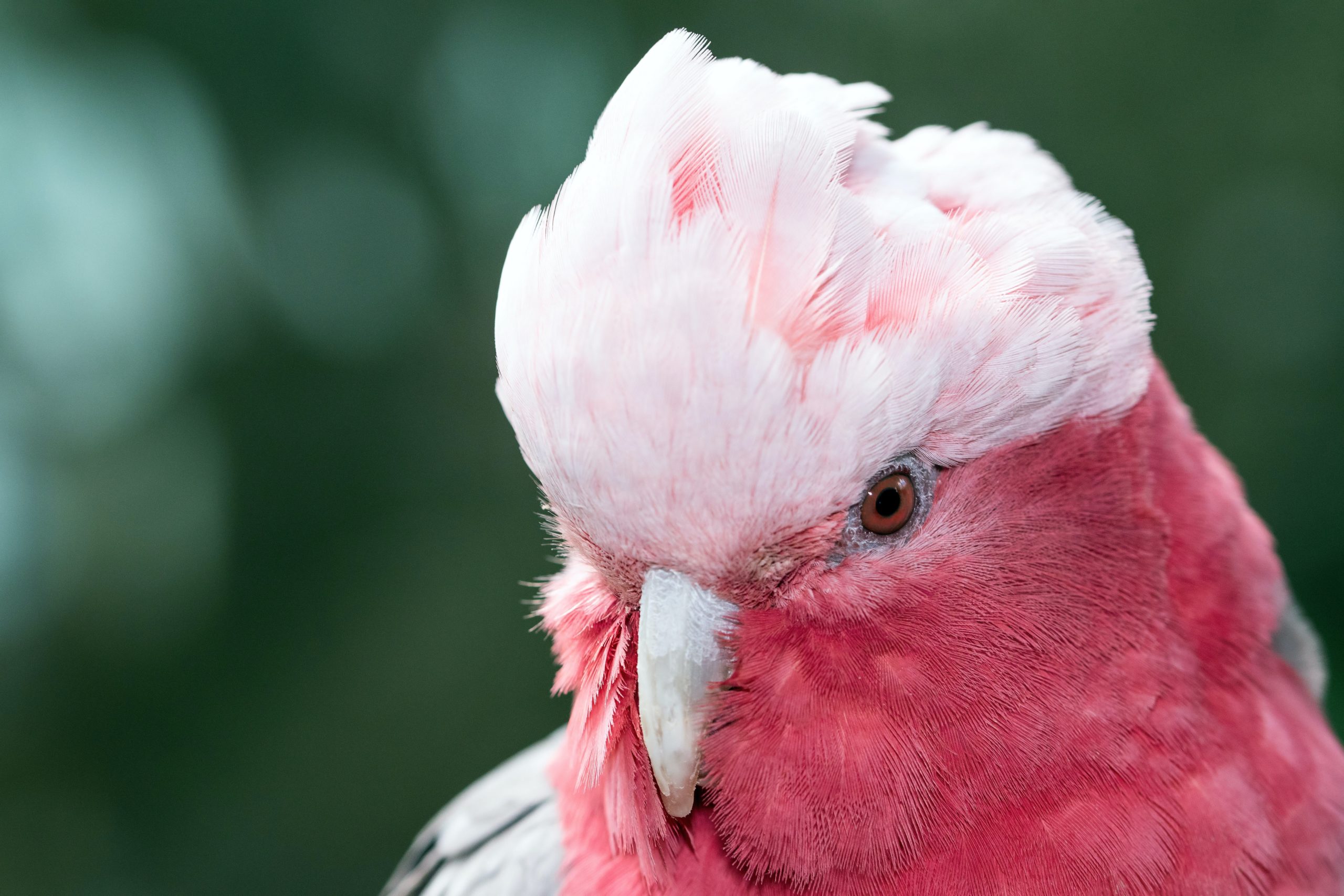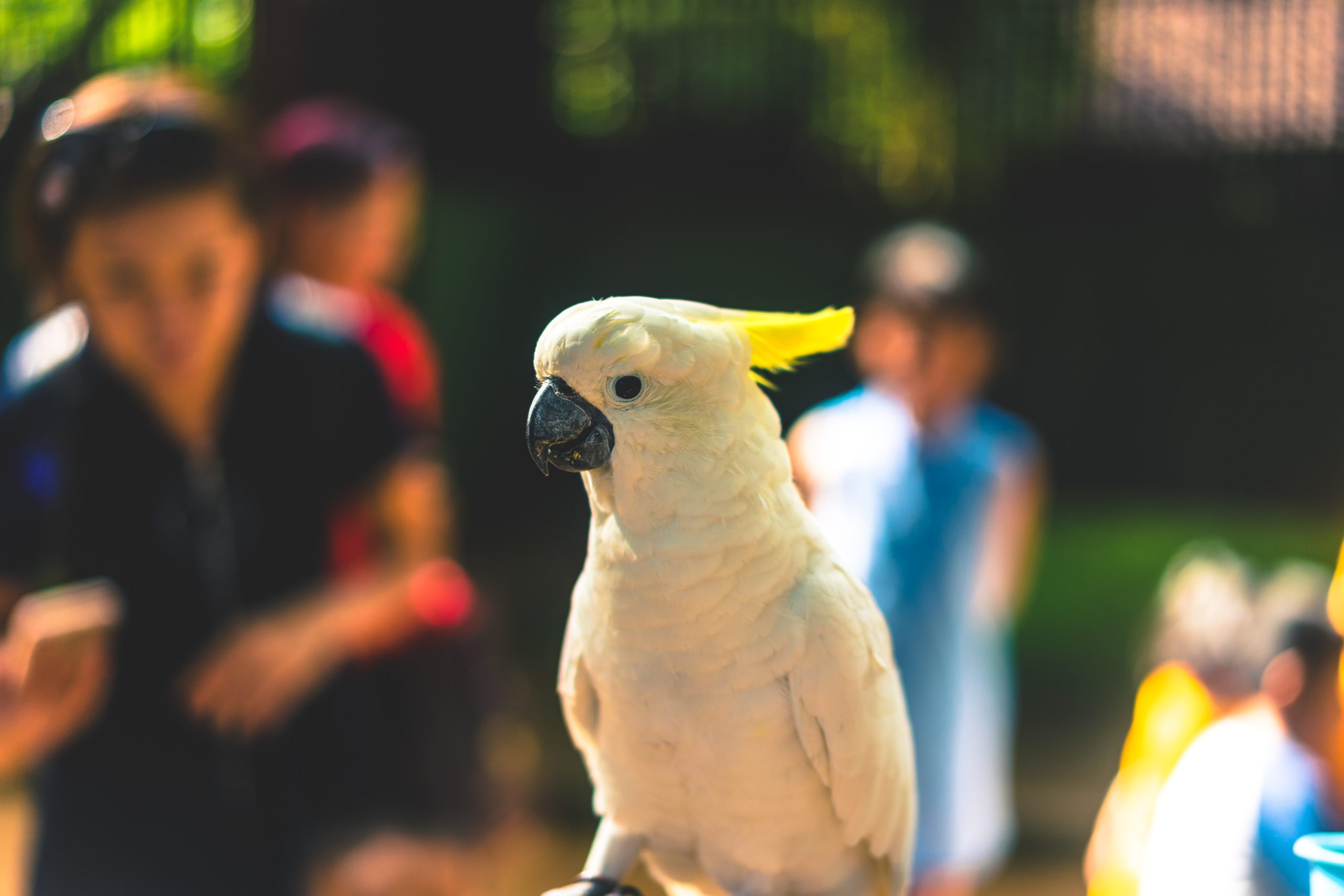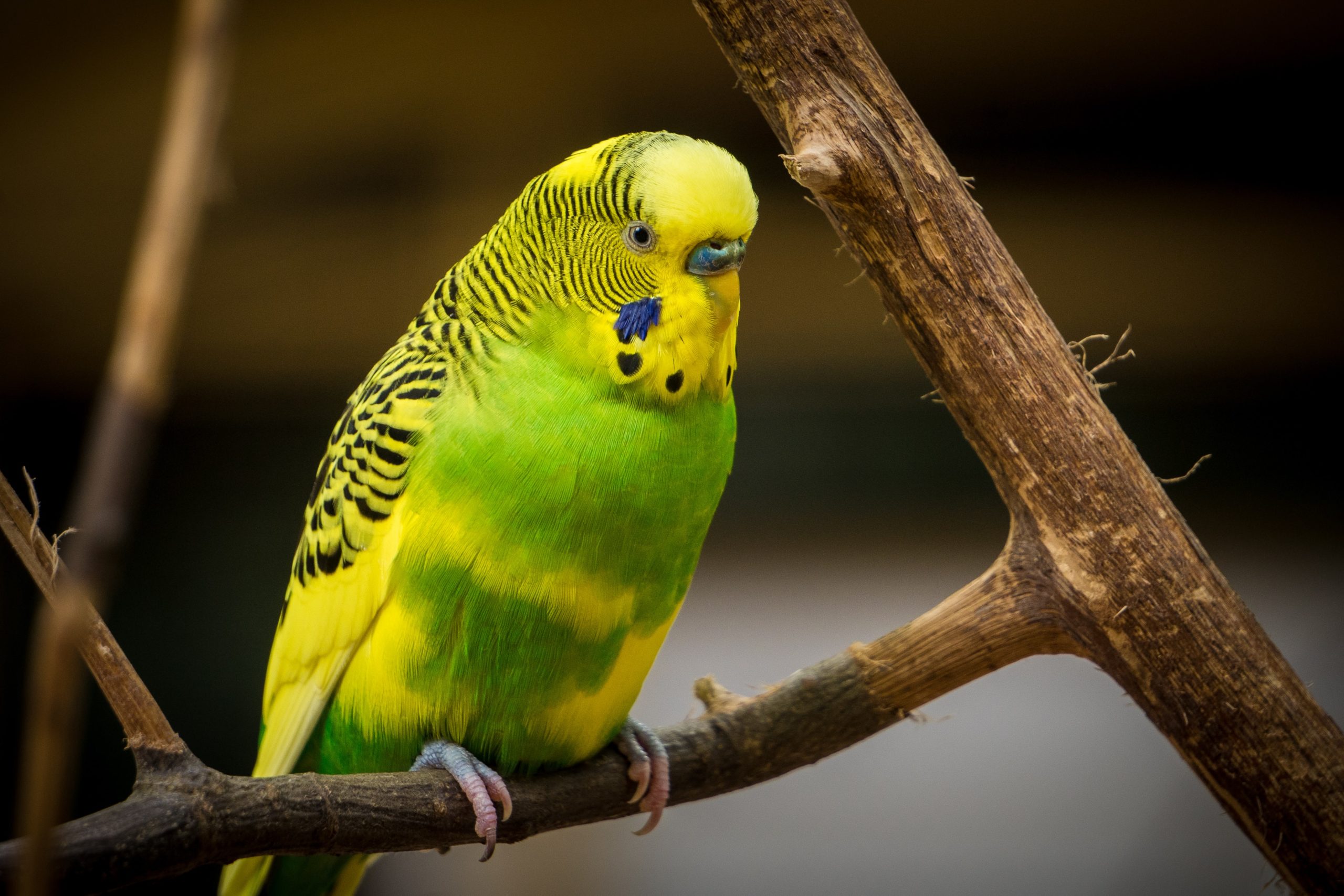Chlamydiosis, also known as Psittacosis or Parrot Fever, is a common disease of birds. The disease can cause chronic infections, asymptomatic infections, or sudden death. The disease can also be transmitted to people. It is not associated with the venereal chlamydia that affects people.
What causes chlamydiosis?
Chlamydiosis is caused by an organism called Chlamydia psittaci. This organism is similar to a virus or bacteria but is different enough to be classified within its own special group. Like a virus, but unlike many bacteria, it lives right inside the cells of the bird, which makes it difficult to kill with treatment.
What are the signs of chlamydiosis in birds?
Chlamydiosis can cause many different signs, and therefore should be suspected in any sick bird. Commonly, chlamydiosis causes chronic respiratory (sneezing, runny eyes or nose) or gastrointestinal (change in droppings) signs.
Classically, chlamydiosis causes lime green or yellow faeces and urates (the normally solid white part of the droppings) due to chlamydial infection of the liver. However, this is not seen all the time and other diseases can also cause these discoloured droppings.
Chlamydiosis can also be carried asymptomatically by birds, which means they carry the infection, spread it to other birds (and people) but are not sick themselves. This is a good reason for testing all birds for chlamydiosis.
What are the signs of chlamydiosis in people?
The organism is usually inhaled via infected feather dust or other airborne debris and begins producing flu like symptoms in people around 7-14 days after exposure. Even birds without clinical signs can be a source of infection.
Symptoms of chlamydiosis in people include a sore throat, fever, chills, muscle aches, weakness, headaches, nausea and coughing. If untreated it can develop into atypical pneumonia and meningitis. Diagnosis requires a blood test but luckily treatment is usually effective and quick.
People most susceptible to contracting chlamydiosis include those ill with other diseases, the very young or very old, HIV positive people, pregnant women or those on chemotherapy.
How is chlamydiosis diagnosed?
Several tests are available for diagnosing chlamydiosis. Blood tests can usually tell if your bird is infected even if it is not sick. Sick birds can have their faeces checked for the organism as well; however, this test will be negative if the bird is infected but not shedding the organism. As a rule, most healthy birds are checked by one of the available blood tests, and in sick birds, the faeces can be checked for a faster result. Finally, special tests can be performed on the liver, spleen, heart, and air sacs of birds that have died to check for a chlamydial infection.
How is chlamydiosis treated?
Some veterinarians use an oral drug called doxycycline; others use an injectable version of the doxycycline, although this may not be available where you live. Since the doxycycline only kills the chlamydia when they are active and dividing, and the chlamydia often cease being active for periods of time, the drug must be used for minimum of 45 days. Since doxycycline often predisposes to yeast infections, your bird should also take an antiyeast drug called nystatin during the treatment. After the 45 day treatment, the bird must be retested for chlamydiosis to make sure the treatment was effective.
How can chlamydiosis be prevented?
- The disease can be transmitted by direct contact, breathing in feather dust and dust from faecal build-up in the cage and by direct contact with bird droppings, so cage hygeine is essential.
- Clean out bird cages regularly to prevent faecal build-up. Birdkeepers in dusty aviaries should wear dust masks.
- Kissing your bird or letting it nibble your face is not a good idea.
- Providing a healthy diet and suitable housing for your bird will keep stress levels low and will help prevent chlamydiosis from being a problem.
- Birds should undergo a yearly health check. If there are any symptoms of chlamydia then the bird should be tested or treated for chlamydia.
- All new birds should be tested and treated for chlamydia.




